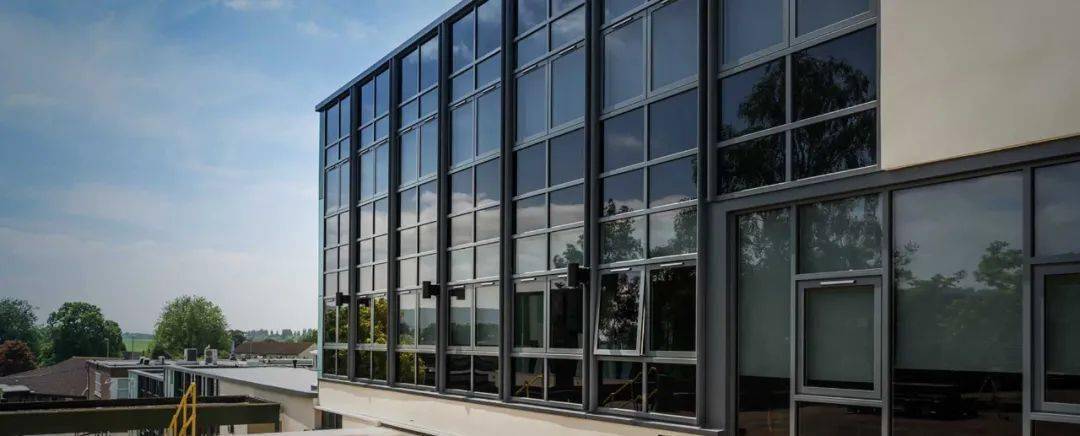Will the insulation and heat preservation measures of glass curtain walls affect indoor lighting?
2024-07-05 Back
The insulation and heat preservation measures of glass curtain walls may affect indoor lighting to a certain extent, but the specific degree of impact depends on the measures adopted and their specific design.

Some common insulation and heat preservation measures and their impact on lighting are as follows:
Use insulating glass:
Insulating glass: Generally has little impact on lighting. It mainly insulates through the air layer in the middle and will not significantly change the light transmission performance of the glass.
Coated glass: For example, Low-E glass, its coating may reduce the transmittance of visible light to a certain extent, thereby having a slight impact on lighting. But now there is a high-transmittance Low-E glass, which has a relatively small impact on lighting while ensuring good insulation performance.
Add shading facilities:
External shading: Such as sunshades and sunshade shutters, if the design is unreasonable or the density is too high, it may block part of the light and have a greater impact on lighting. However, if the shading facilities are adjustable and can be adjusted according to different times and needs, a better balance can be found between heat insulation and lighting.
Internal shading: such as curtains and blinds, which will affect the lighting when in use, but can be opened and closed flexibly according to needs to control the degree of lighting.
Ventilation design:
The design of natural ventilation and mechanical ventilation itself usually does not directly affect the lighting.
Use of insulation materials:
Filling insulation materials in the curtain wall frame generally does not affect the lighting.
In general, if the lighting needs are fully considered when designing and selecting insulation and heat preservation measures, and reasonable technologies and products are used, the impact on lighting can be minimized while achieving insulation and heat preservation effects.
For example, an office building uses high-transmittance Low-E hollow glass and is equipped with adjustable angle external sunshade blinds, which can effectively insulate in summer. At the same time, the blinds can be adjusted when necessary to ensure sufficient indoor lighting and meet the comfort and energy-saving requirements of the office environment.




